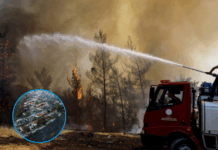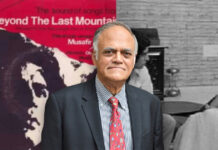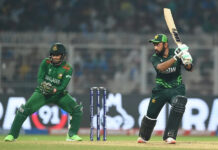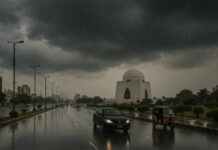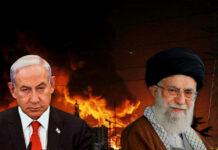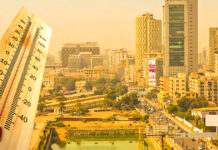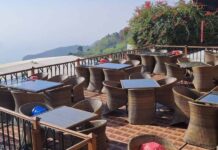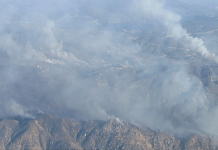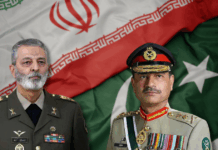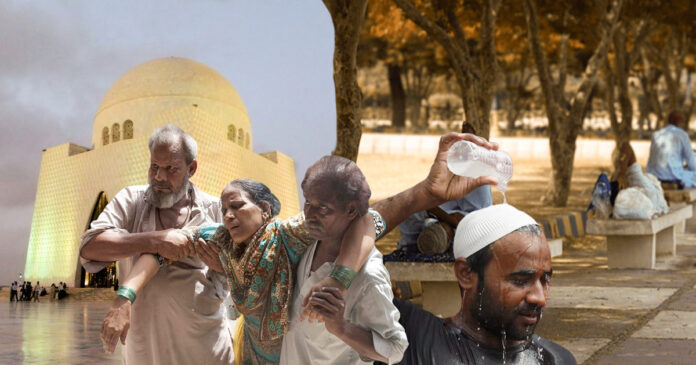As Karachi heads into yet another sweltering heatwave, the city seems to have learned little from the tragedies of the past. The Pakistan Meteorological Department (PMD) has forecasted that daytime temperatures in Karachi are expected to soar above 40°C. This will obviously result in high humidity levels, which are expected to hover around 50% during the day and drop to 25% in the evening.
These rising mercury levels will likely impact our everyday lives. But like many other issues, heat also does not affect all of us the same way. Those on the lowest rungs of the socioeconomic ladder always bare more burn of Karachi heatwave.
Who Pays the Price? The Poor, as Always
There is no doubt that Karachites are god’s strongest soldiers but even here, there is layers to the suffering. Some suffering more than others.
The city’s elite, comfortably insulated in air-conditioned homes and offices, may experience nothing more than mild discomfort or maybe some suffering when they step outside in their vehicles. On the other hand, the brunt is disproportionately borne by the city’s most vulnerable populations. Daily wage laborers, who often work in open and unshaded environments face more heightened risks of heatstroke and dehydration. The elderly and children being equally at risk. Heat can also increase the risk of injuries in workers as it may result in sweaty palms, fogged-up safety glasses, and dizziness”, according to the Centers for Disease Control and Prevention.
Read More: Heatwave in Pakistan: How to Cope and Stay Safe
“There is neither water nor electricity in our house, where does one go?” asked Dilshad, a domestic help working in Karachi. “We are the labour class, we have to get out. It’s so hot, there are no trees or even a place where one can sit [outside].” Dilshad takes a Qingqi rickshaw daily to reach her places of work and “it’s so cramped inside”, making it even more difficult to cope with the heat.
Furthermore, the urban heat island effect, intensified by Karachi’s concrete infrastructure and sparse tree cover (in only 5% of the city) is a silent contributor to rising temperatures. Frequent power outages (sometimes lasting up to 16 hours in certain areas) render fans and air conditioning units useless when they’re needed most. With limited access to clean drinking water, and barely any green spaces to mitigate the heat, the city’s poor are essentially being asked to survive the impossible.
A City Built to Burn
Karachi’s urban design is part of the problem. With less than 5% of the city covered in tree canopy, the urban heat island effect is brutal. Concrete jungles, high-rise buildings, and zero attention to environmental sustainability have turned Karachi into a furnace during summer months.
Despite repeated heatwaves over the past decade, including the devastating 2015 wave that killed around 2,000 people (as per Wikipedia), there has been no serious urban planning effort to reduce exposure or build resilience.
“Karachi, being a metropolis city, has failed to build a decent transport infrastructure to facilitate the movement. People spend hours during their commute in 40-degree temperatures, the majority of whom use personal bikes and public transport which exposes them to extreme heat,” said Atoofa Samo, a research associate at the Karachi Urban Lab, working on cooling infrastructure in the city.
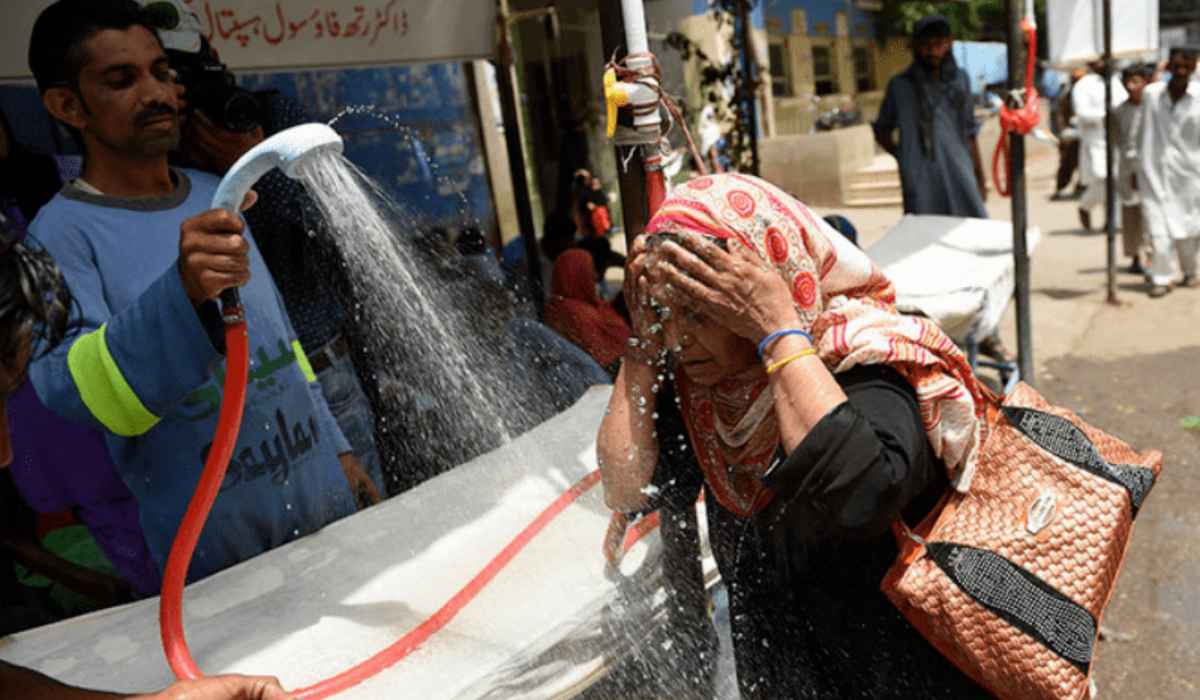
Government “Advice” Isn’t Enough
While authorities have issued advisories urging residents to stay indoors during peak heat hours and stay hydrated, these recommendations often fall short for those without the luxury of choice. For many, staying indoors means enduring sweltering conditions without electricity or water. For others, particularly laborers, missing a day’s work isn’t a viable option.
Instead of empty advisories, we need action. How about shaded bus stops, functioning water coolers in public areas and designated heat shelters in every town and neighborhood?
Experts also advocate for both immediate and long-term interventions. Short-term measures can include establishing heat relief centers equipped with water and cooling facilities. This will help ensure uninterrupted power supply during peak heat hours. Long-term strategies can necessitate urban reforestation, investment in resilient infrastructure and comprehensive climate adaptation policies.
Karachi’s heatwaves are not just natural disasters. They are man-made crises fueled by neglect, inequality and poor governance.
Authorities need to look beyond emergency responses and think long term. Taking heatwaves seriously is important, but addressing sustained chronic heat exposure is particularly critical. The effect is compounded in cities like Karachi by deteriorating infrastructure and limited access to basic necessities, which reduces people’s ability to cope with heat.






